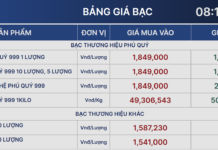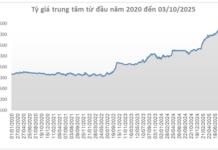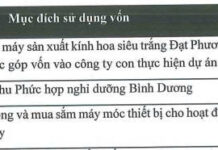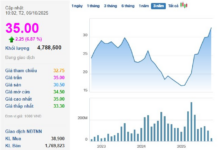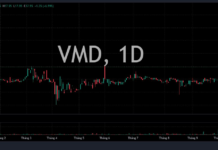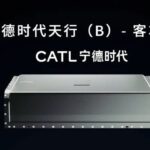According to CATL, this type of battery utilizes sodium-ion electrochemistry, derived from seawater or mineral salts, for its cathode and anode. Impressively, this battery technology is reported to cost just 10% of current lithium-ion batteries while retaining 85% of its charging capacity even after covering 3.6 million miles. This is not just a prototype; it is already being manufactured for six different car models by major Chinese automakers for their 2026 lineups.
Many automakers and battery suppliers have been exploring sodium-ion batteries as a potential alternative to lithium-ion technology.
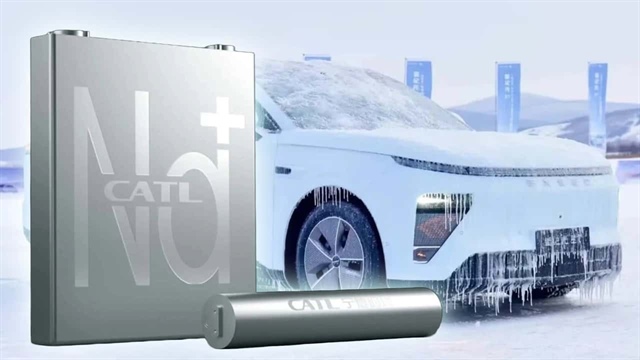 Naxtra, the affordable electric vehicle battery. |
Historically, sodium-ion batteries fell short in terms of energy density when compared to lithium-ion batteries. While lithium-ion batteries deliver 185 Wh of energy per kilogram of weight, early sodium-ion batteries offered only about half that capacity.
This meant that electric vehicles would either have a significantly reduced range or need to be much heavier, neither of which is ideal for most vehicle designs.
CATL has developed an improved sodium-ion battery, branded as Naxtra. The Naxtra electric vehicle battery system incorporates some lithium-ion batteries and software that balances the performance of the two chemistries. This innovative design achieves an energy density of 175 Wh/kg, rivaling that of lithium-ion batteries, and it can operate more stably under extreme temperature conditions. Experts predict that it will also extend the lifespan across multiple charging cycles.
One of the most revolutionary aspects of Naxtra batteries is their cost, which is just 10% of traditional lithium-ion batteries. After decades of improvements in extraction and refining infrastructure, lithium-ion battery prices have dropped to around $100/kWh. A 70 kWh battery pack for a Model 3, for instance, would cost about $7,000, a significant portion of the vehicle’s price. In contrast, Naxtra batteries are priced at just $10/kWh.
Moreover, Naxtra batteries offer superior longevity. Batteries typically lose capacity over multiple charging cycles, which is a concern for prospective electric vehicle buyers and contributes to faster depreciation of used electric vehicles compared to their internal combustion engine counterparts.
According to InsideEVs, the latest Model 3 batteries are guaranteed for 1,500 charging cycles before significant capacity loss. A 15% loss in charging capacity would reduce the vehicle’s range from 363 miles to approximately 265 miles, negatively impacting the car’s value.
In contrast, Naxtra batteries are designed to withstand 10,000 charging cycles before any significant degradation. Theoretically, this means that the Naxtra battery could cover 3.6 million miles before its capacity drops to 85%, as Matt Ferrell highlights.
Six Chinese automakers have placed orders for Naxtra batteries and plan to incorporate them into 30 different vehicle models for their 2026 lineups.
Duy Anh
– 21:49 18/08/2025
Chinese battery giant exposes the truth about the ‘death knell’ of gasoline cars as Toyota’s 1300 patents become obsolete
Solid-state batteries are expected to be game-changers for electric vehicles, but CATL’s CEO offers a dose of reality.

